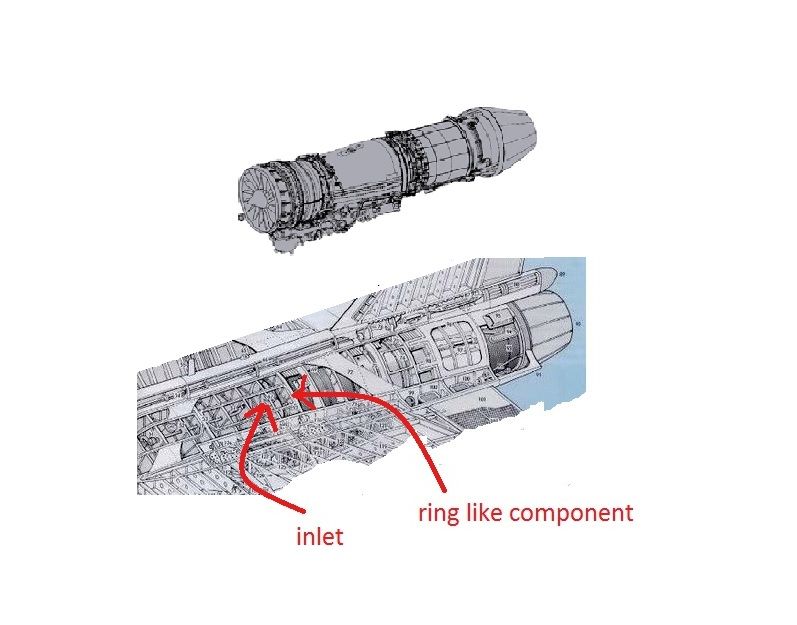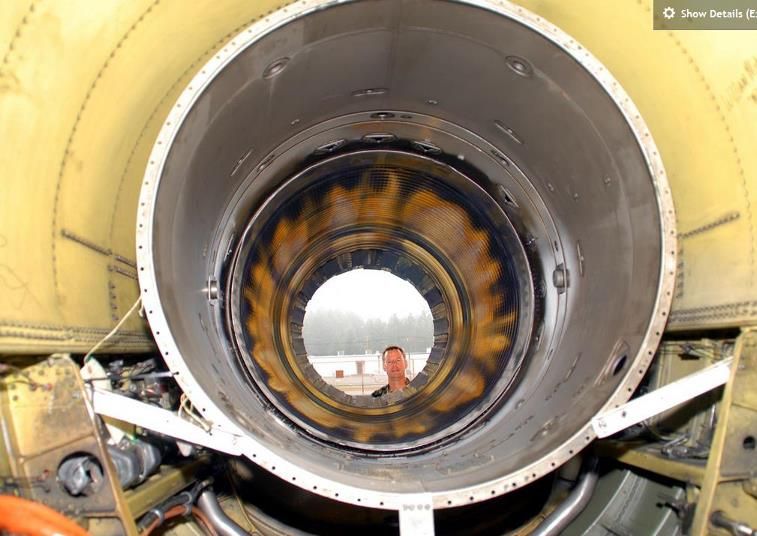Kartik wrote:actually, all you gain is a list of what dimensions and what materials are used and to what tolerances. Nothing more than that. cannot see what his point really was. if I know what comprises a pump on a MiG-27, does that imply that I have gained the engineering acumen to design one from scratch? Not necessarily- but does it give me some insights into approaches that have been adopted to solve engineering issues? yes- it may. for instance, based on the operating environment that part had to work in, what material was used and what gauge of material. That's just an insight though. designers and stress analysts still need to do it all on their own.
Exactly! I've worked on optimizing/reconfiguring complex mechanical and electrical systems that were built years ago. These systems were nowhere near as complex as aeroplanes, and we had all the design documents, change orders, operation and maintenance manuals, etc. available. Yet, it was a whirling son of a female canine to figure out what the thought process of the designers was and why they specified things the way they did. Like you said, all we got were a few insights into the approaches adopted. There have been times when we made a tiny change somewhere, it led to all sorts of problems with blinking red lights and shrill alarms going off everywhere, and we went, "Aha! That's why they did such and such, those cheeky fracking bastids!". It isn't very pleasant when that happened, but it was the only way we could actually understand
why things were designed the way they were.
I can only imagine how difficult the same process would be in the case of fighter aircraft. To think that simply "studying" a Russian fighter would allow HAL/ADA to design one from scratch is laughable. For that to happen, you would need to have in place an aggressive reverse engineering program with all interested parties on board with the effort from the very beginning. The vision would have to come from the IAF, and they would need to permanently assign aircraft from the existing fleet to such a program. The Russians/French/British would be sure to raise a hue and cry over licensing, and the GoI would require the fortitude to stare them down and insulate HAL and ADA from the consequences. And then the engineers would actually have to do the legwork to reverse engineer those planes or at least try out new technologies on them. And lastly, everyone involved would have to be prepared to deal with frustration, failure, and cost and time overruns while the results trickled through.
But who has time for all that, eh? It's easier to ask HAL and ADA to work in a vacuum with everyone else just looking on with hands in their pockets waiting for a fighter to magically appear from some database.
This post by vina needs to be made a sticky and quoted every time such geniuses come crawling out of the woodwork.




